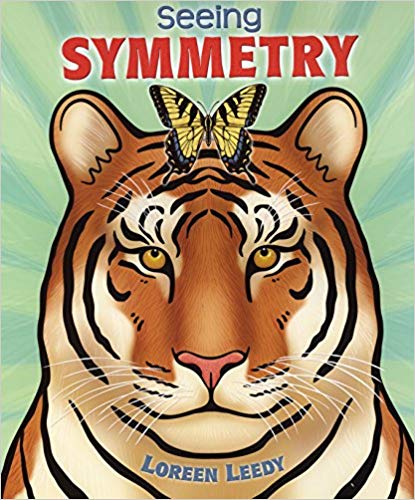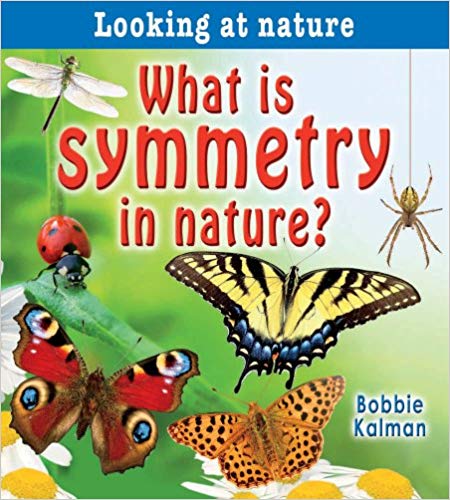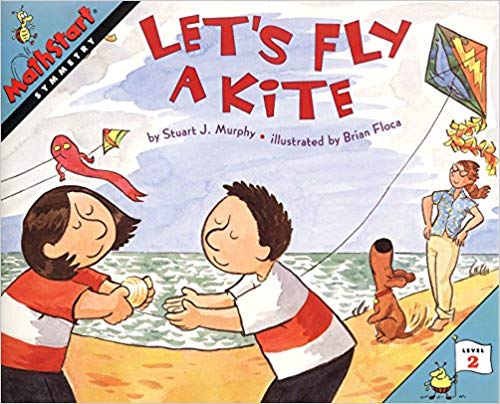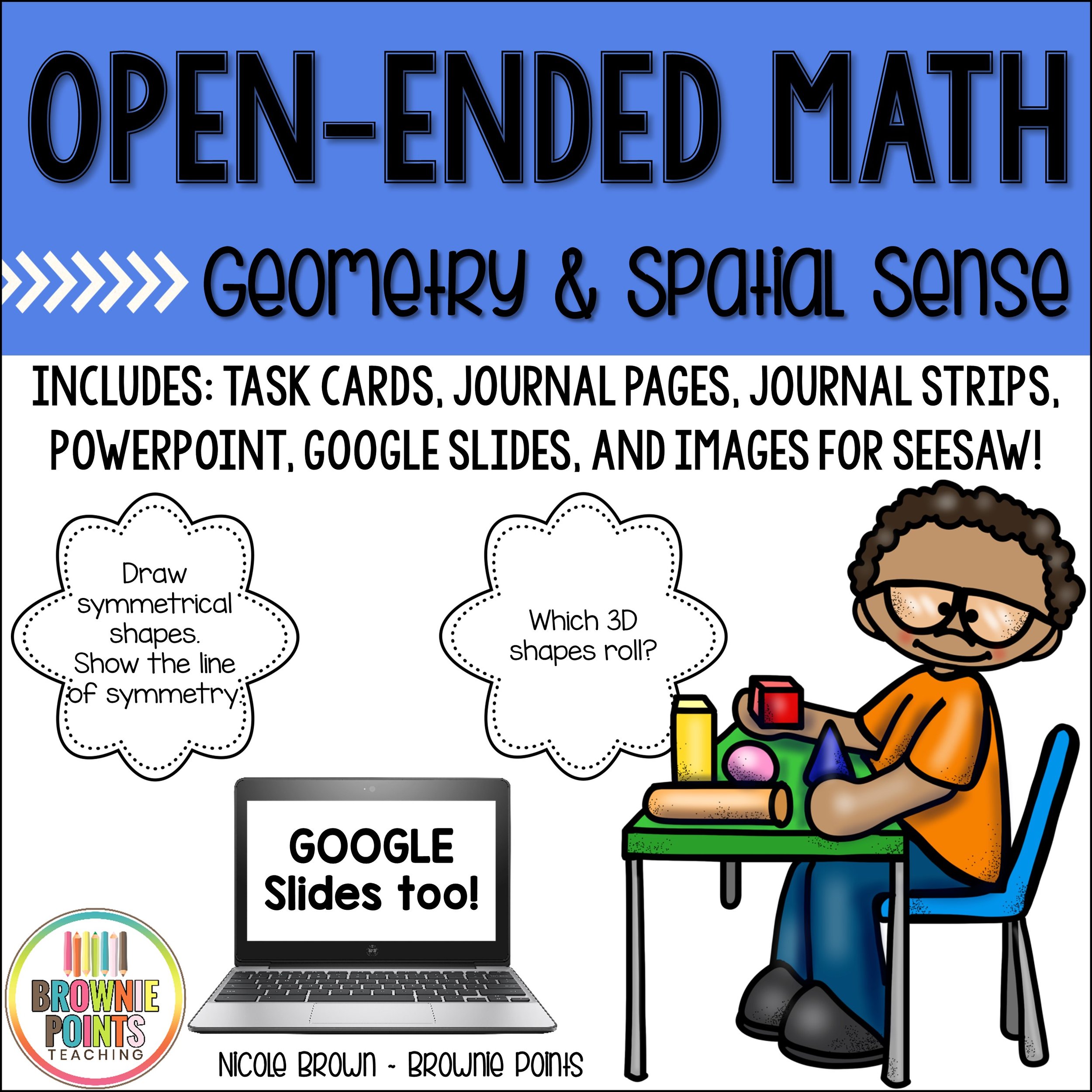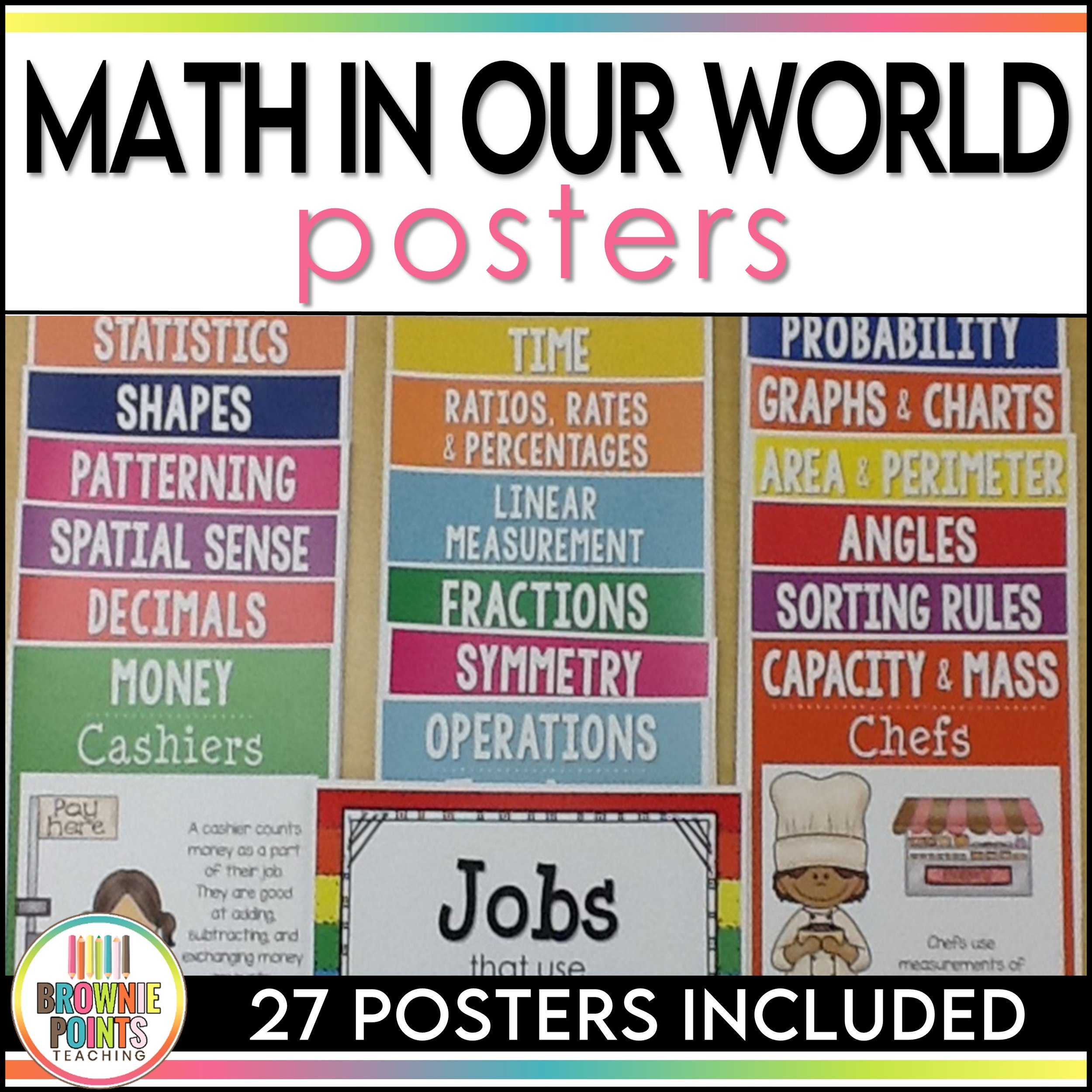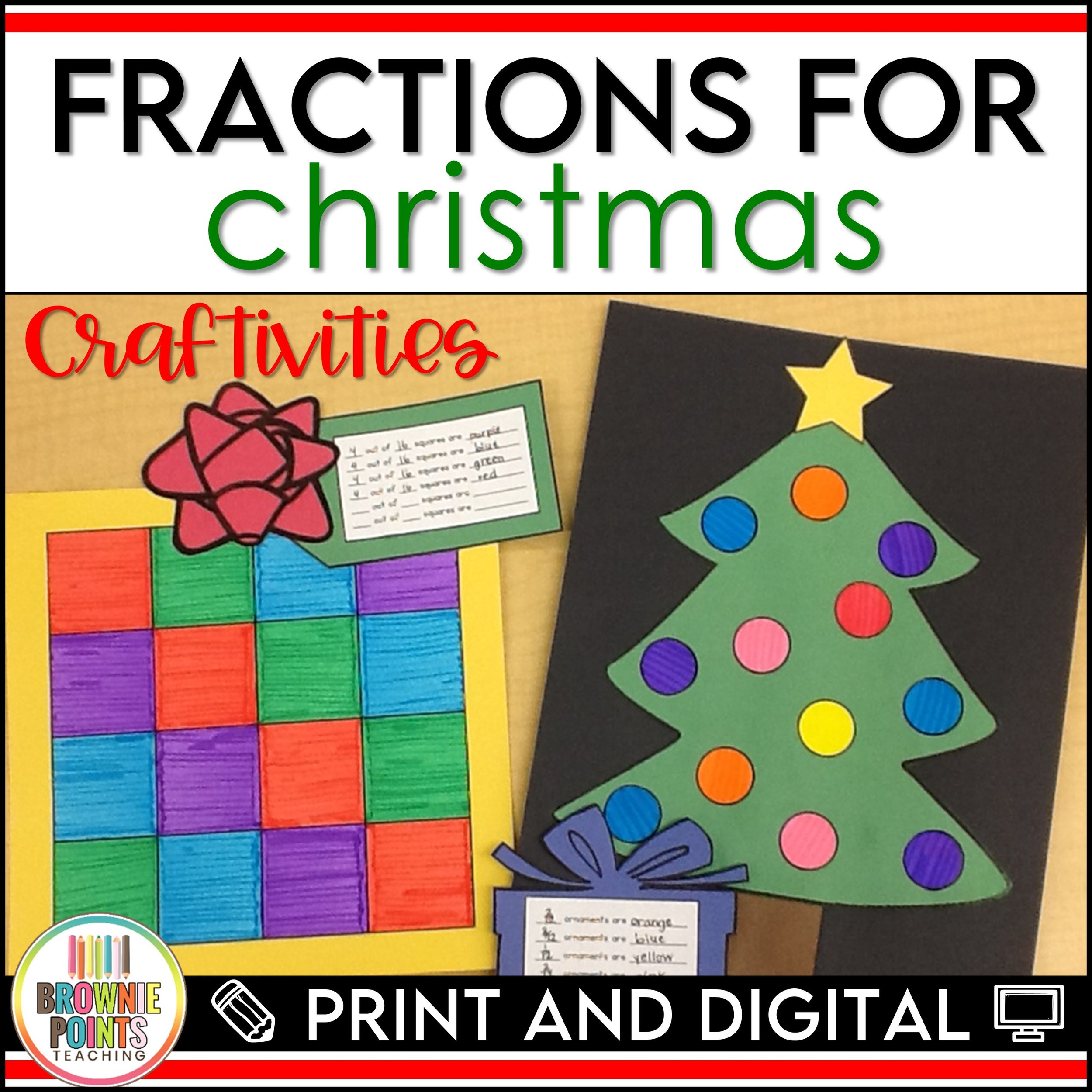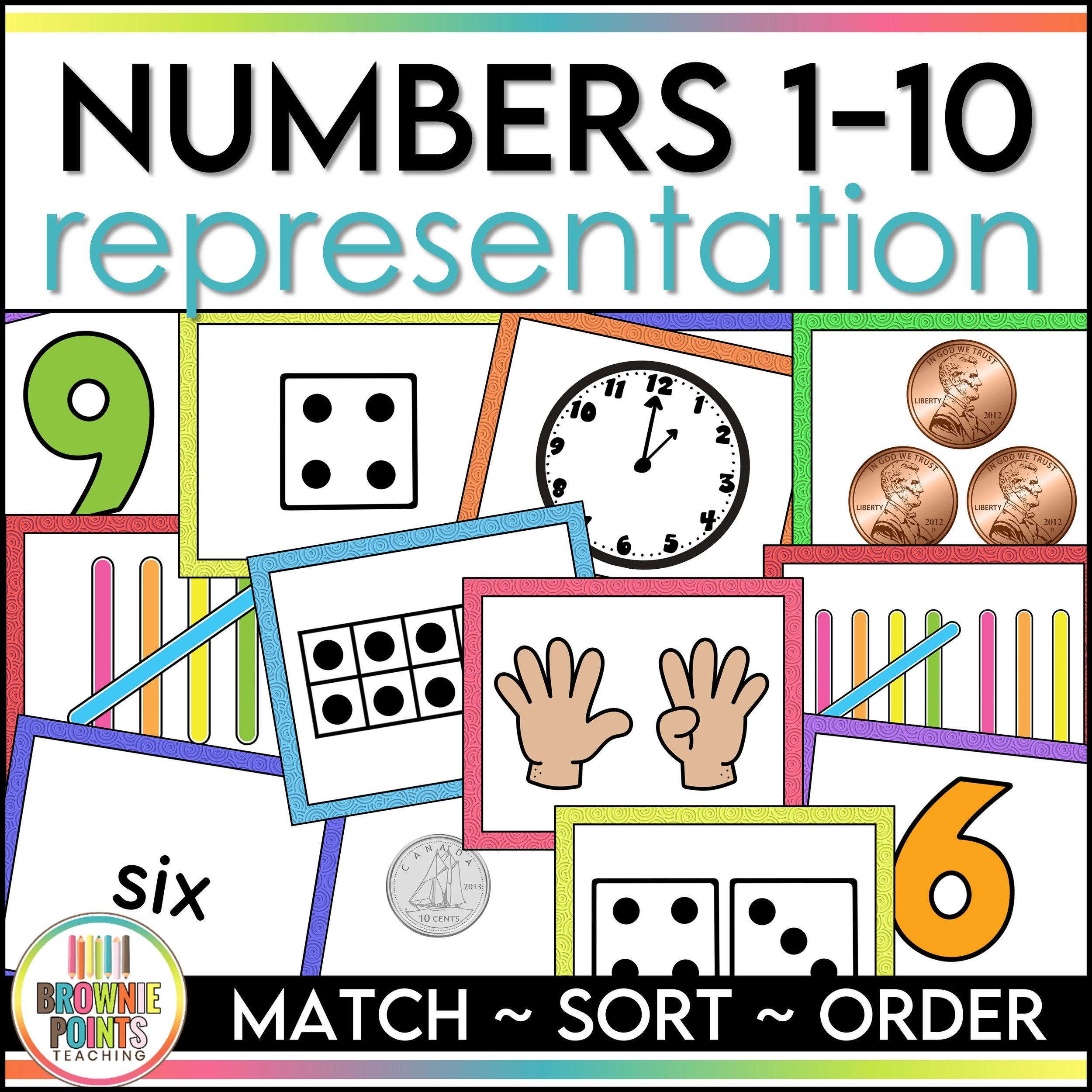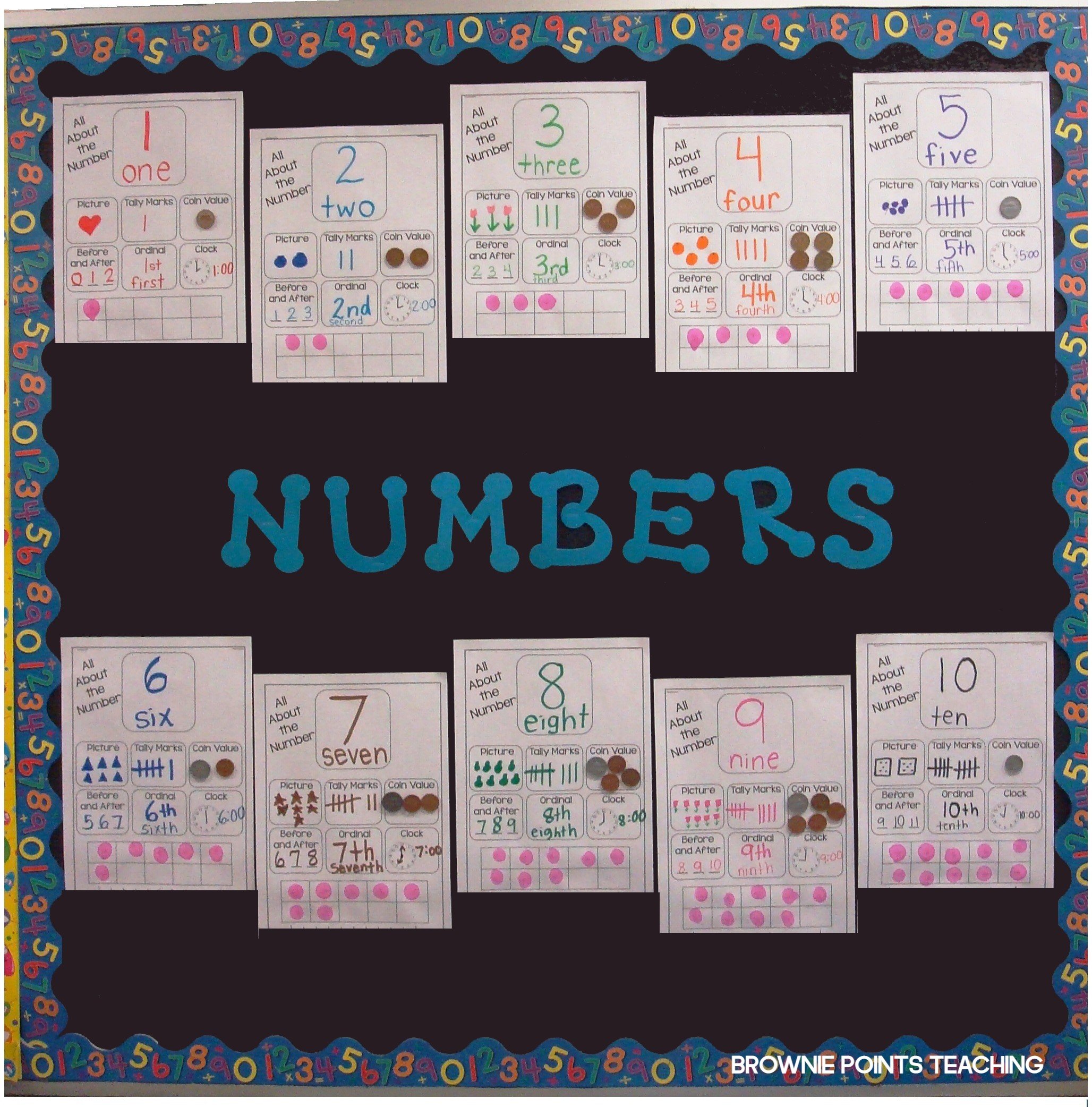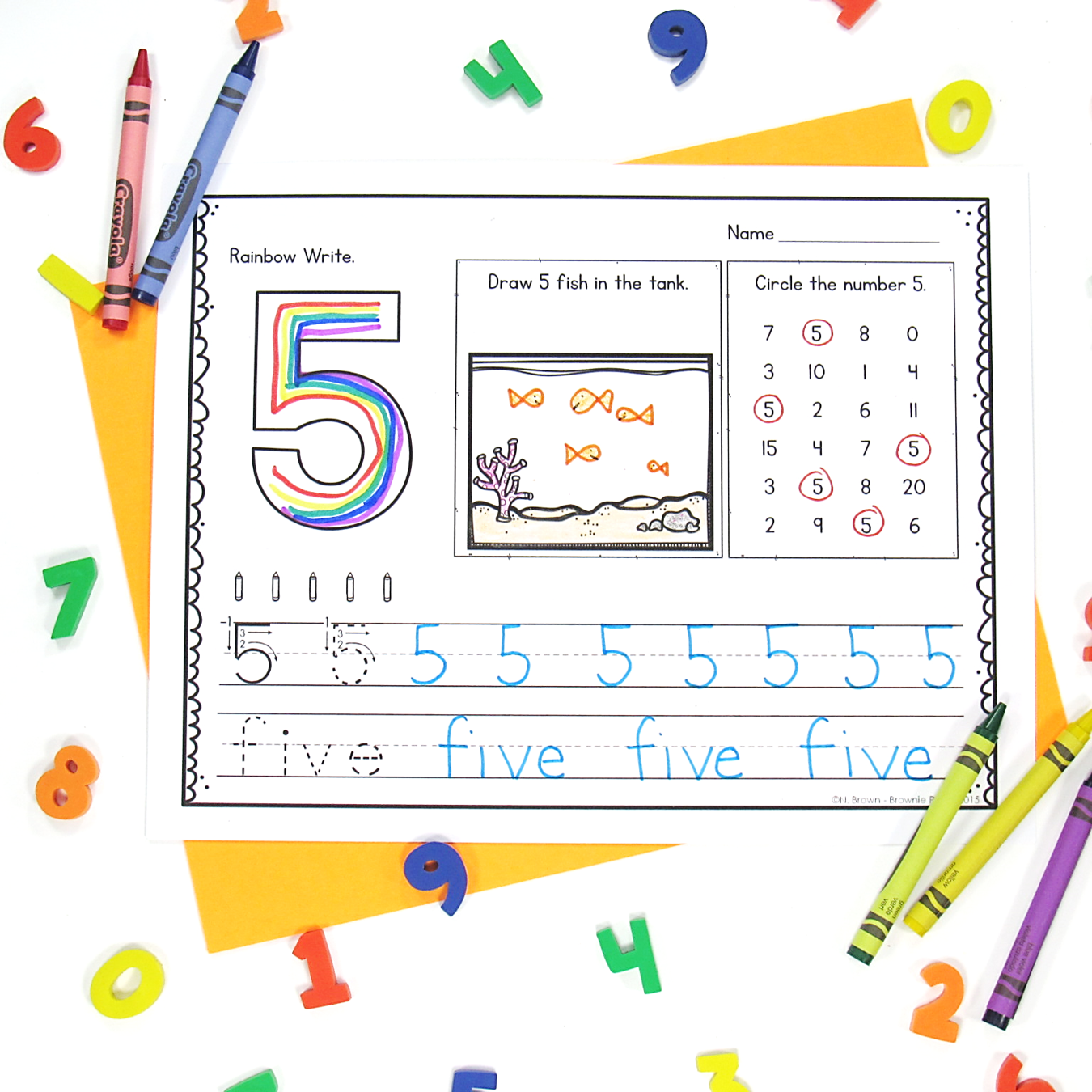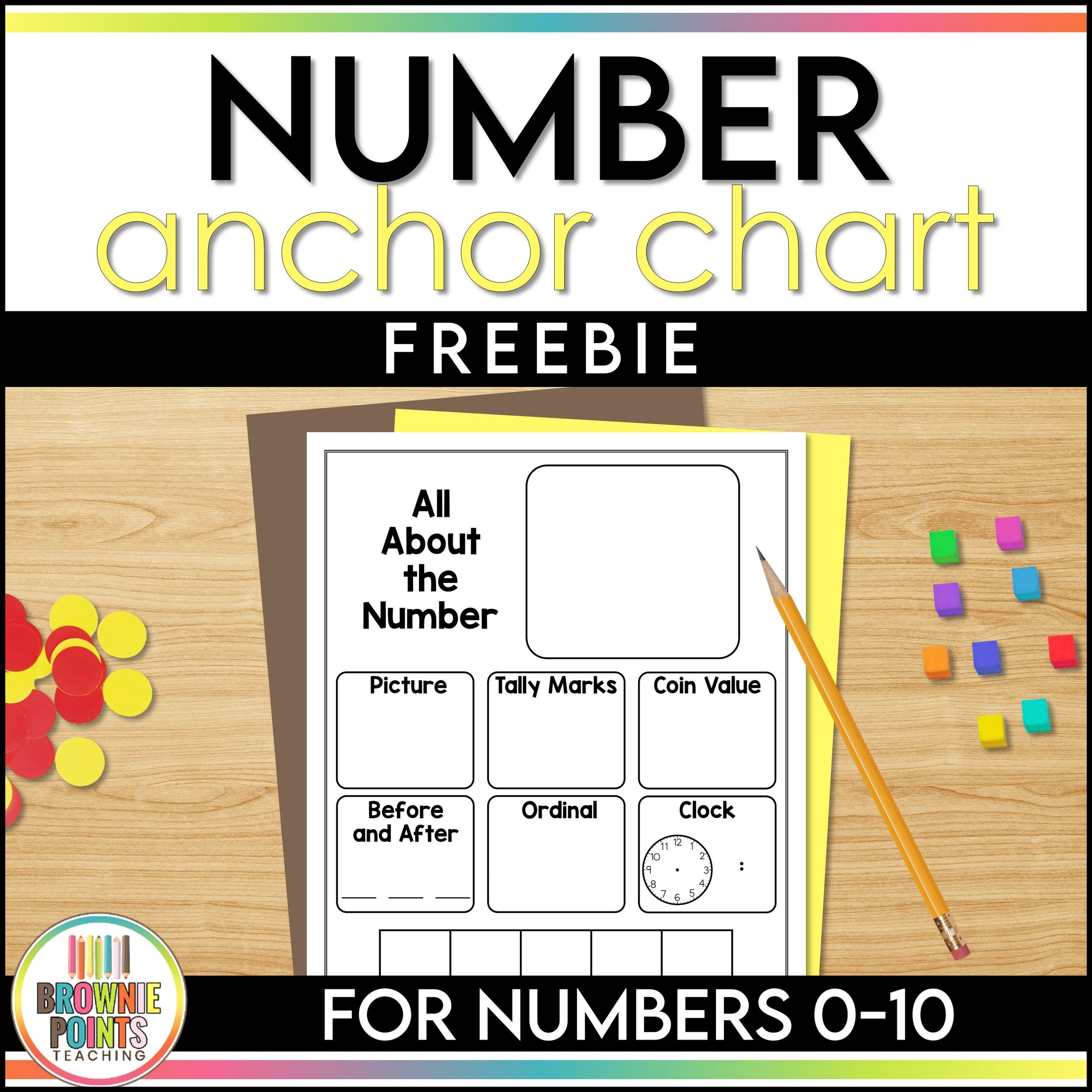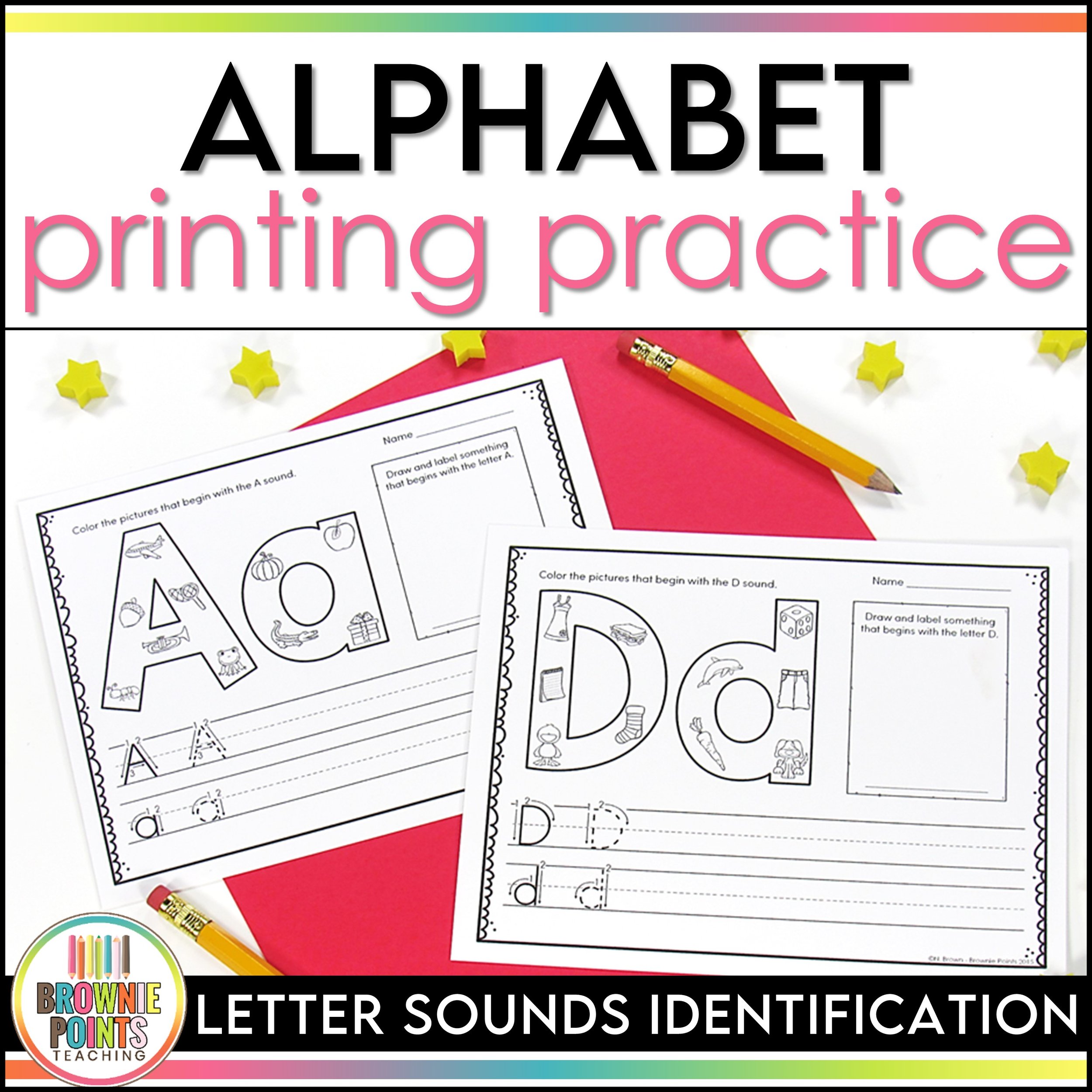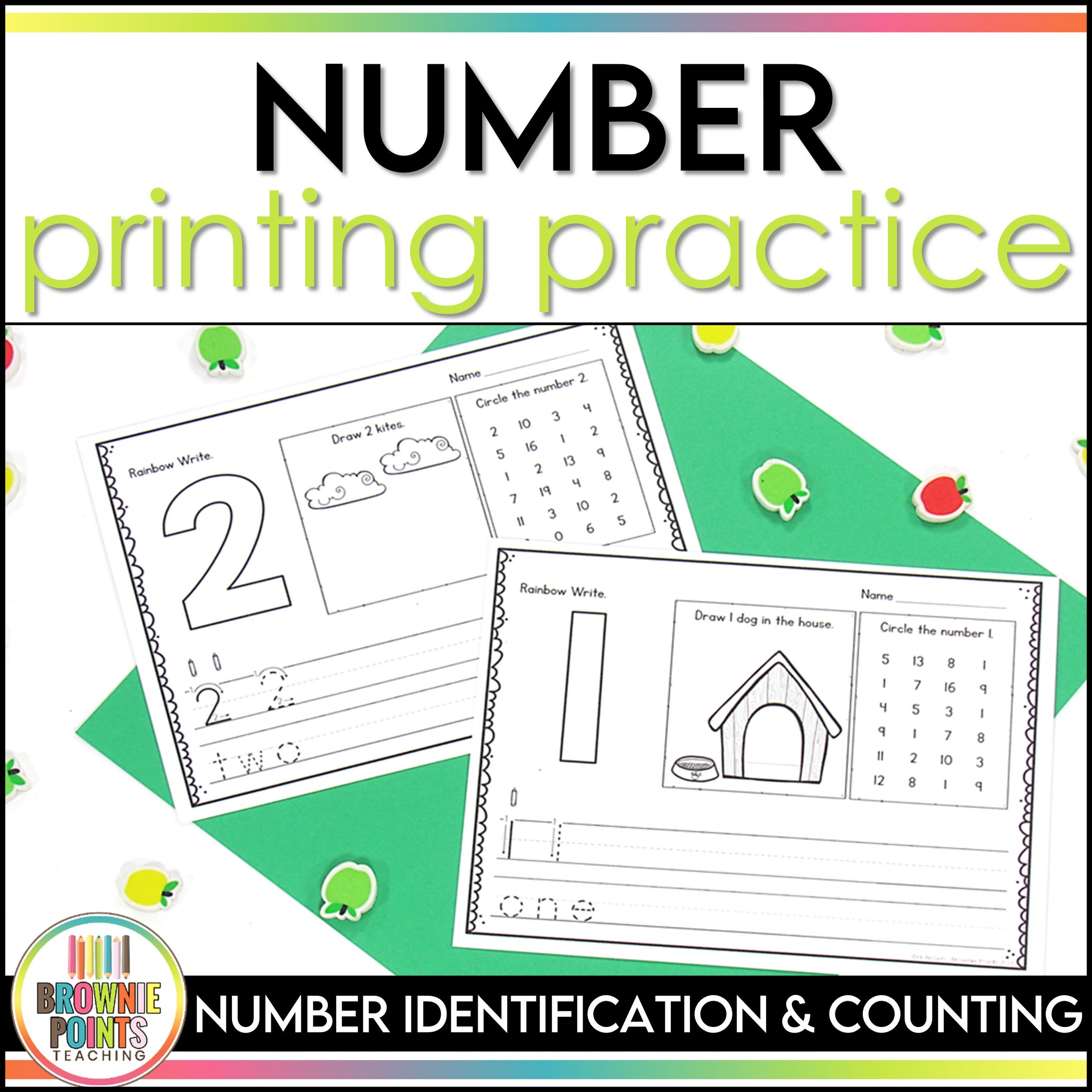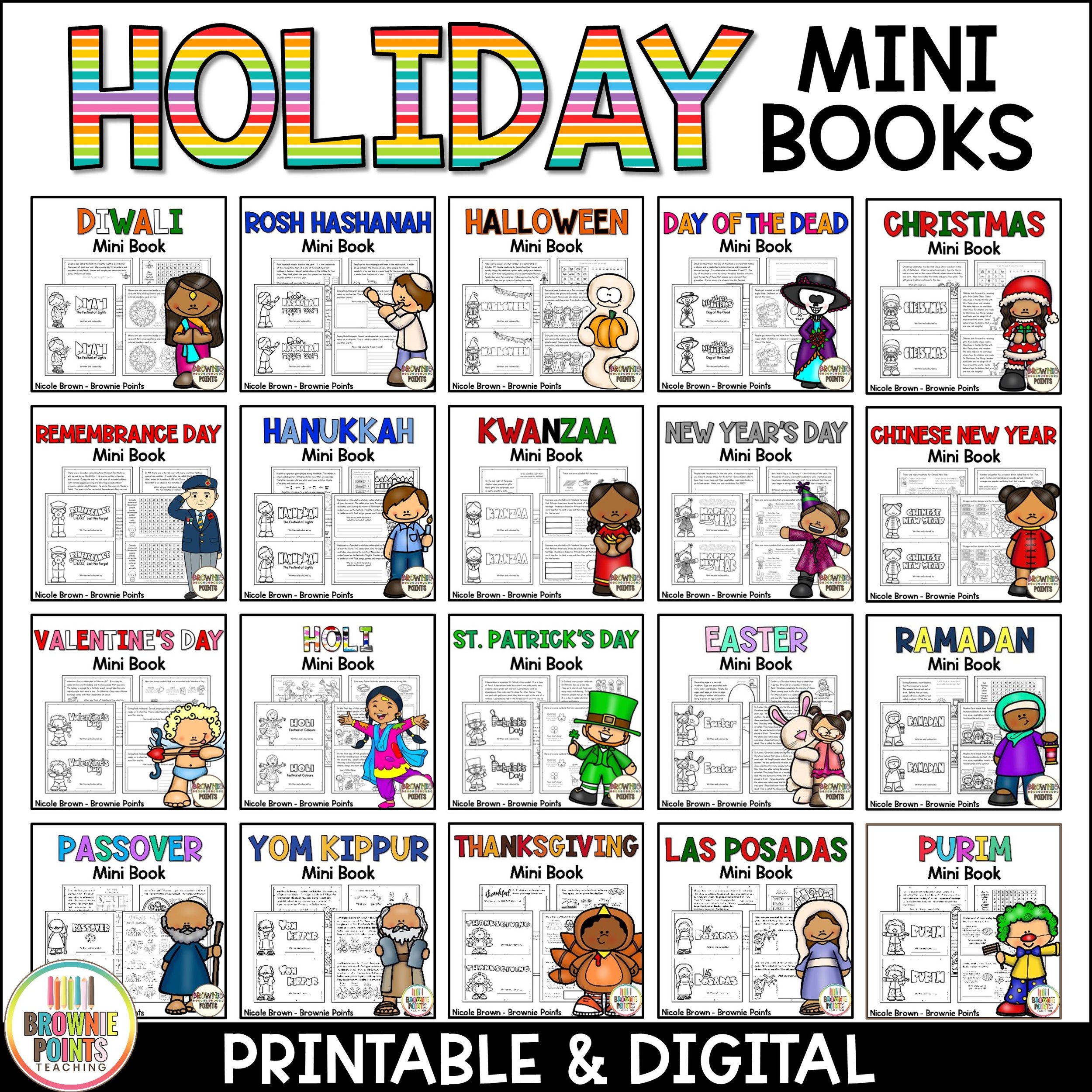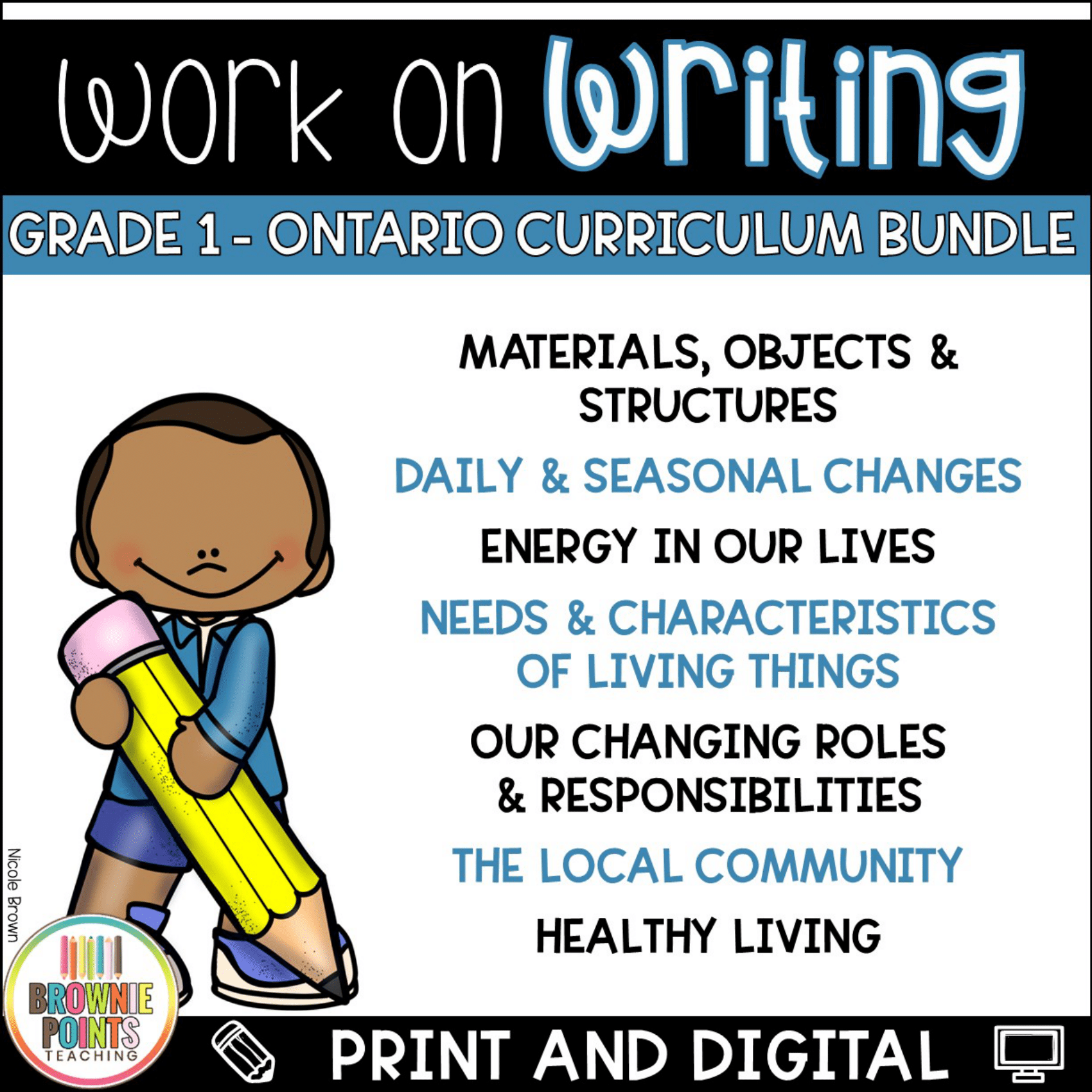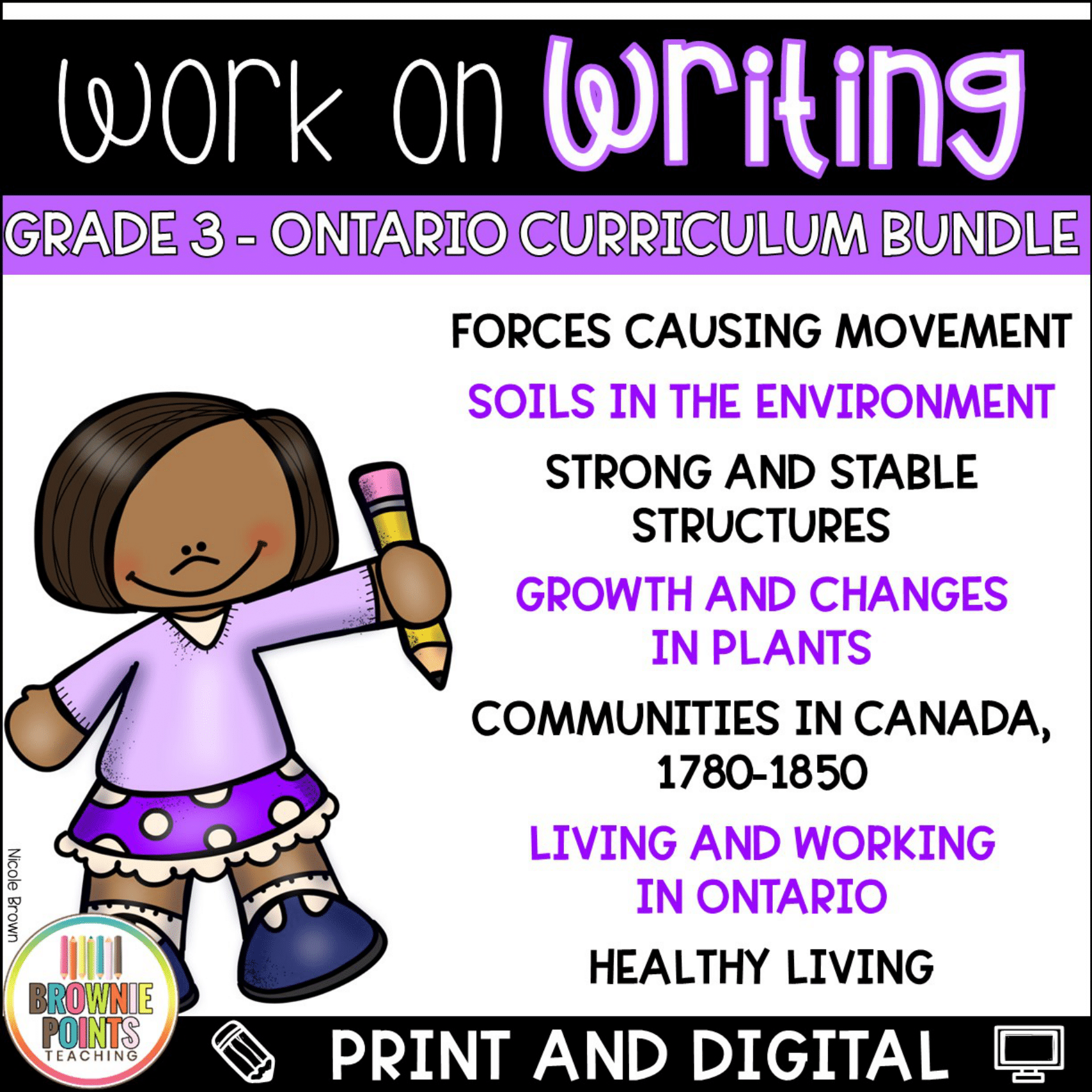Symmetry Made Simple: Engage your Students with Hands-On Activities
/You're probably here to find new activities to add to your symmetry unit, so let's begin!
Symmetry Provocation
Moment of Truth: I am an old soul. An old fart. I'm quite resistant to change so I haven't fully embraced the play and inquiry model. For now I'm introducing bits and pieces to create more of a balance.
My first foray was a symmetry provocation. Without explicitly defining symmetry, I put out a set of books which they flocked to. Check them out below! The kids quickly picked up the concept and the center became a hit!
If it's not clear, I put a thin layer of sand in a baking tin and added a small mirror. I held up the mirror with one hand and made a design in the sand with the other. The kids thought that it was the coolest thing looking at the reflection in the mirror!

Pegs and Pegboards
I got a bucket of pegs and a set of pegboards from a clearance center when I first started teaching. Like most teachers would, I had to buy it because it was a great deal! The small pegs and pegboards (4x6 inches) came from a local dollar store. I challenged my students to make symmetrical designs or pictures.
Butterfly Art
In grade one (first grade), paint makes everything better! These were super easy and quick - a few drops on one side of the butterfly, press down and voilà!
I hope that you found some new ideas to try with your own kiddos!



